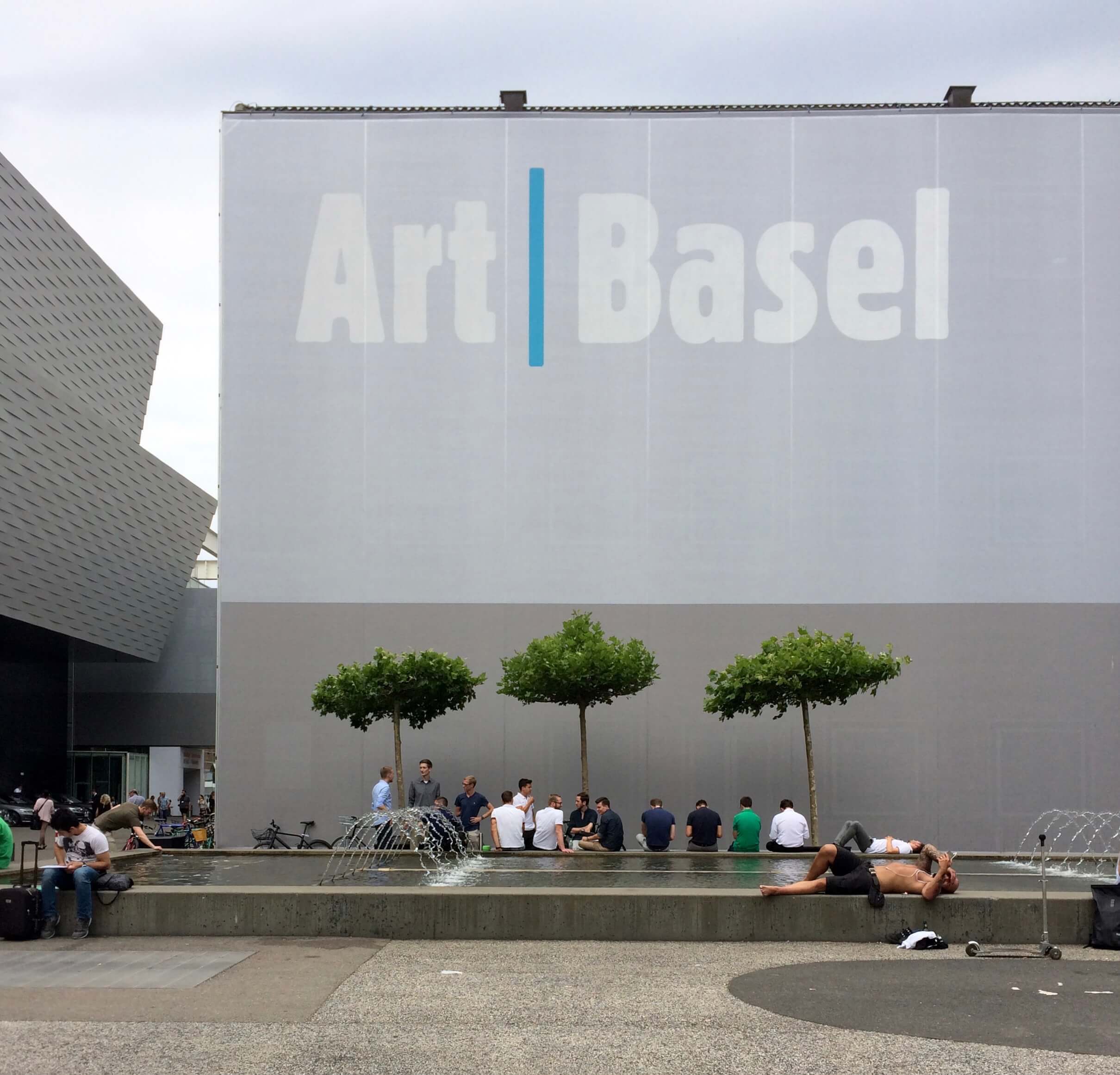ROMEO
(to a SERVINGMAN) What lady is that which doth enrich the hand of yonder knight?
SERVINGMAN
I know not, sir.
ROMEO
Oh, she doth teach the torches to burn bright!
It seems she hangs upon the cheek of night
Like a rich jewel in an Ethiope’s ear,
Beauty too rich for use, for earth too dear.
So shows a snowy dove trooping with crows
As yonder lady o’er her fellows shows.
The measure done, I’ll watch her place of stand,
And, touching hers, make blessèd my rude hand.
Did my heart love till now? Forswear it, sight!
For I ne’er saw true beauty till this night.
Excerpt from Romeo and Juliet, Act 1, Scene 5, William Shakespeare, 1594-1595
I recalled Romeo’s awestruck by Juliet when he sees her for the first time when I came across this gem of a drawing recently, searching for a specific work for a German client. The bold charcoal drawing is an anthropological study of the female African figure and the portrayal of a stoic, monumental, confident and life-giving woman. Grounded in western portraiture, the artist fills the page with sensitivity towards the African female.
Irma Stern (1894-1966) was a pre-eminent South African painter, draughtsman, ceramicist and collector. With extraordinary dual heritage, she was situated in the traditions of the European Jewish community and the developments of modern Western art but inspired by her experiences in South Africa.
Born in a small village in South Africa to German-Jewish parents, who had moved to Africa in 1886, Stern and her family returned frequently to Berlin, where they had strong family connections, and in 1912 the artist settled in Berlin for her artistic studies, first at the Weimar Academy and then at the Levin-Funcke studio in Berlin.
Stern left Germany and arrived in Cape Town in the early 1920s searching for ‘her’ Africa. As the rise of Hitler prevented her, a German Jew, from returning to Europe, Stern immersed herself in the cultural heritage of Africa.
Stern was the recipient of numerous awards in her lifetime including the Molteno Grant for outstanding work (1952), the Guggenheim Foundation National Award for South Africa (1960), the Oppenheimer Award (1963) and the Medal of Honor of Die Suid-Afrikaanse Akademie vir Wetenskap en Kuns (1965). She was also selected to represent South Africa at the Venice Biennale in 1950, 1952, 1954 and 1958. Stern was a prolific artist and exhibitor, with shows throughout her lifetime and beyond in South Africa and Europe. She was also a vociferous collector of art and artefacts and her home and collection in Cape Town became the Irma Stern Museum in 1972.
If you would like to discuss how IñigoArt can assist you in your art acquisitions or to understand the art market further, please do not hesitate to get in touch.
Marina Ribera Iñigo




